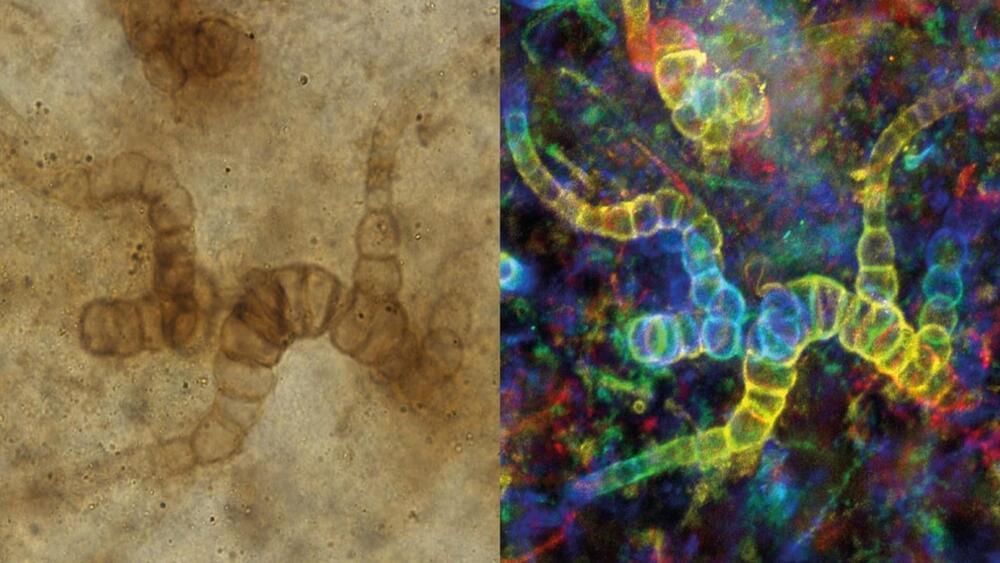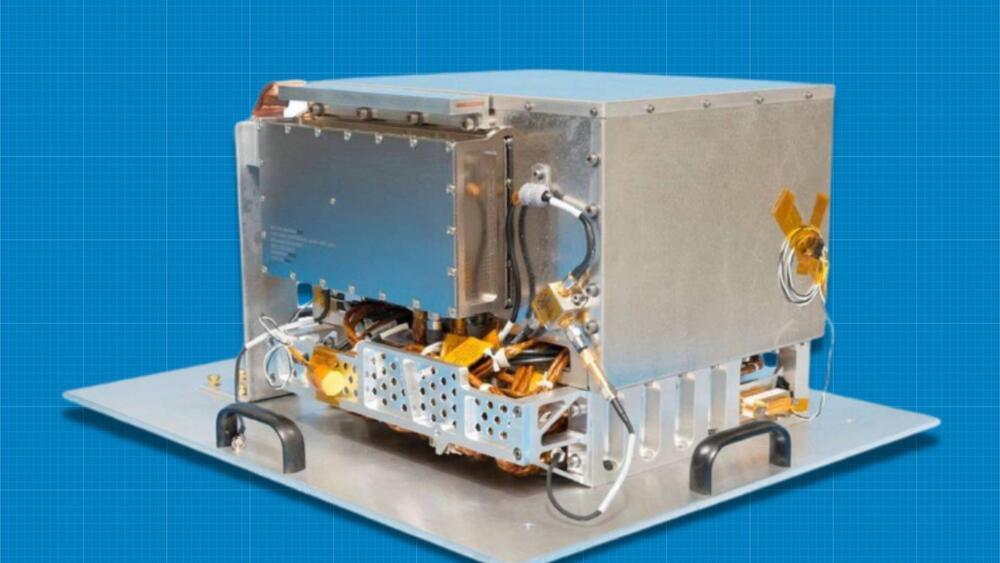Morgan Stanley says Tesla stock may surge by $500 billion because of it’s Dojo Supercomputer, in lieu of robotaxis and network services.
Dojo can open up “new addressable markets,” just like AWS did for Amazon.com Inc., analysts led by Adam Jonas wrote in a note, upgrading the stock to overweight from equal-weight and raising its 12-month price target to a Street-high $400 per share from $250.
Shares of Tesla, which have already more than doubled this year, rose as much as 6.1% in US premarket trading Monday. The stock was on track to add about $46 billion in market value. Morgan Stanley is one of Musk’s key advisory firms, including on the $44 billion takeover of Twitter Inc., now known as X.
The supercomputer, designed to handle massive amounts of data in training driving systems, may put Tesla at “an asymmetric advantage” in a market potentially worth $10 trillion, said Jonas, and could make software and services the biggest value driver for Tesla from here onward.





